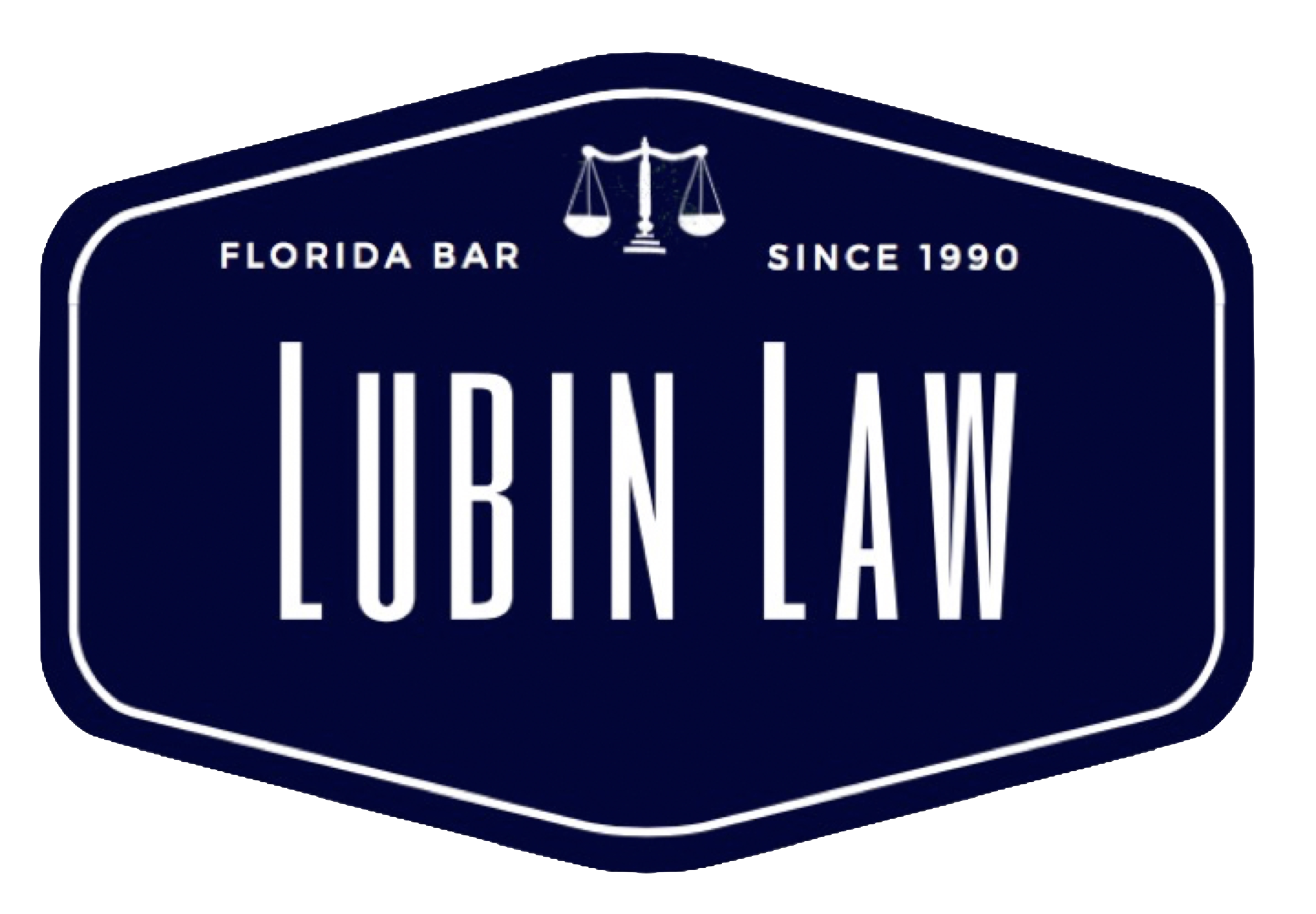What is Portability?
Portability in property taxes refers to the ability of a homeowner to transfer some or all of the "Save Our Homes" (SOH) benefit from one property to another within Florida. This benefit is essentially the difference between the market value of a property and its assessed value due to the SOH cap, which limits annual increases in assessed value to a maximum of 3% or the Consumer Price Index (CPI), whichever is lower.
Statutory Basis and History of Portability
Portability was introduced through the passage of Florida's Amendment 1 in January 2008, which was subsequently codified in Section 193.155(8), Florida Statutes. The goal was to provide relief to homeowners who were hesitant to move because they would lose their SOH benefits and face higher property taxes on a new home.
Florida Statutes, Section 193.155(8): This statute allows homeowners to transfer up to $500,000 of their SOH benefit to a new homestead property within Florida. The statute outlines the procedures and limitations for transferring this benefit, ensuring that homeowners can maintain lower property taxes even after moving.
Effective tax year 2021, a property owner who applied and was approved for Homestead Exemption for 2021 is eligible to apply for Portability if the property owner held a Homestead Exemption at a previous Florida home in one of the three previous tax years. Example: if you established a new Homestead in tax year 2023, you must have held Homestead at your prior residence in tax year 2022, 2021, or 2020 in order to take advantage of potential Portability savings.
How Portability Works
Upgrading
Moving into a home that has a higher Market Value than the house you are moving out of
When a homeowner moves to a new, more expensive home, they can transfer the SOH benefit to their new property. This helps in keeping the assessed value of the new home lower than its market value, resulting in lower property taxes.
Here’s an example of how portability works if you are upgrading:
Old Home: Market value: $400,000, Assessed value: $300,000 (SOH benefit: $100,000)
New Home: Market value: $600,000
Portability: The $100,000 SOH benefit can be transferred to the new home, making the new assessed value $500,000 ($600,000 - $100,000), rather than $600,000.
Downgrading
Moving into a home that has a lower Market Value than the home your are moving out of.
When moving to a less expensive home, the portability works proportionally. The SOH benefit is adjusted according to the relative market value of the new property compared to the old property.
Here’s an example of how portability works if you are downgrading:
Old Home: Market value: $400,000, Assessed value: $300,000 (SOH benefit: $100,000)
New Home: Market value: $300,000
Portability: The proportional SOH benefit is calculated as follows:
Percentage of benefit: $100,000 / $400,000 = 25%
Transferable benefit: 25% of $300,000 = $75,000
New assessed value: $300,000 - $75,000 = $225,000
Impact of Lowering Market Value on Portability
Although Portability can help people afford to move into a new home, it should be noted that lowering the market value of a property, without lowering the SOH value can reduce the portability benefit for the property owner. The portability amount is based on the difference between the market value and the assessed value. If the market value decreases, the SOH benefit may also decrease, reducing the amount that can be transferred to a new property.
Example:
Initial Market Value: $400,000
Assessed Value: $300,000
SOH Benefit: $100,000
If the market value drops to $350,000:
New SOH Benefit: $350,000 - $300,000 = $50,000
Thus, the homeowner can only transfer a $50,000 benefit instead of $100,000 when moving to a new property, potentially resulting in higher property taxes on the new home compared to if the market value had remained stable.
